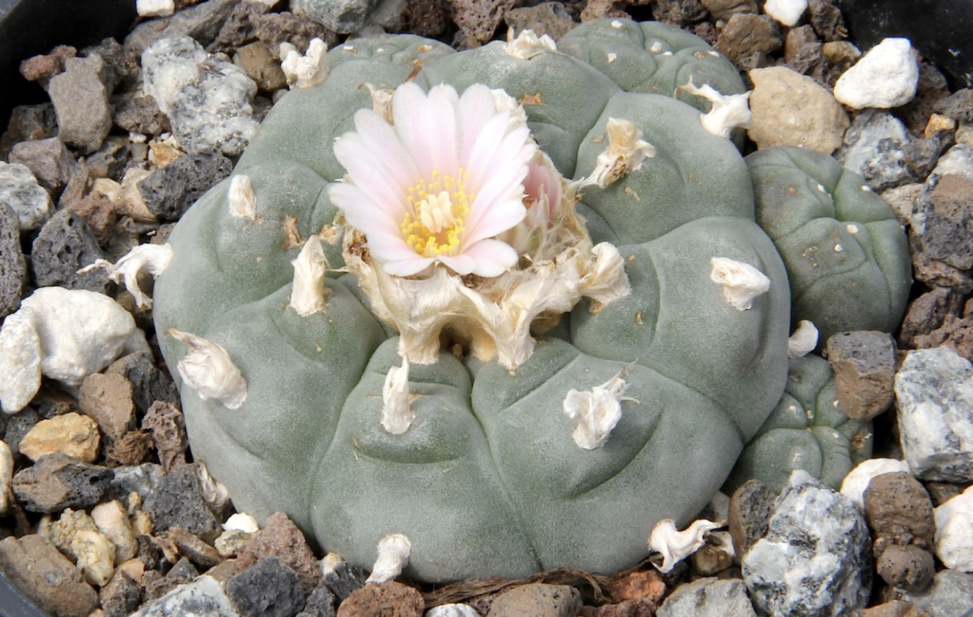Enjoy this Vice interview with author Mike Jay, whose book Mescaline: A Global History of the First Psychedelic was recently released:
Mescaline is an alkaloid that occurs in nature in two families of cacti: the San Pedro in the Andes and the peyote in Mexico, and a bit of what’s now Texas. It’s a phenethylamine, biosynthesised by the cacti from the amino acid phenylalanine, which is also present in foods such as eggs, milk and soybeans, in breast milk and in trace amounts in the human brain.
Mike jay
This makes it different from other psychedelics such as LSD, psilocybin and DMT, which are tryptamines, derived from a different amino acid, tryptophan. Other mind-altering phenethylamines include amphetamine and MDMA. Mescaline has some effects that are similar to these, though it’s also intensely visual and trippy. Compared to other psychedelics it’s more physical, with an intense body load [a tactile sensation] that can be experienced as euphoria, or nausea, or both. It’s slower to cross the blood-brain barrier, so onset time is longer – up to two hours – and it also lasts longer, around 12 hours.

Leave a Reply